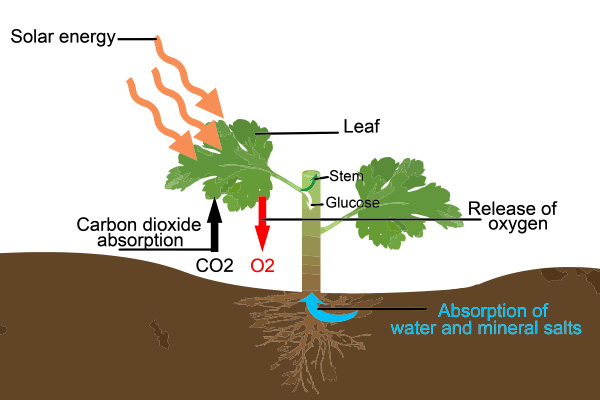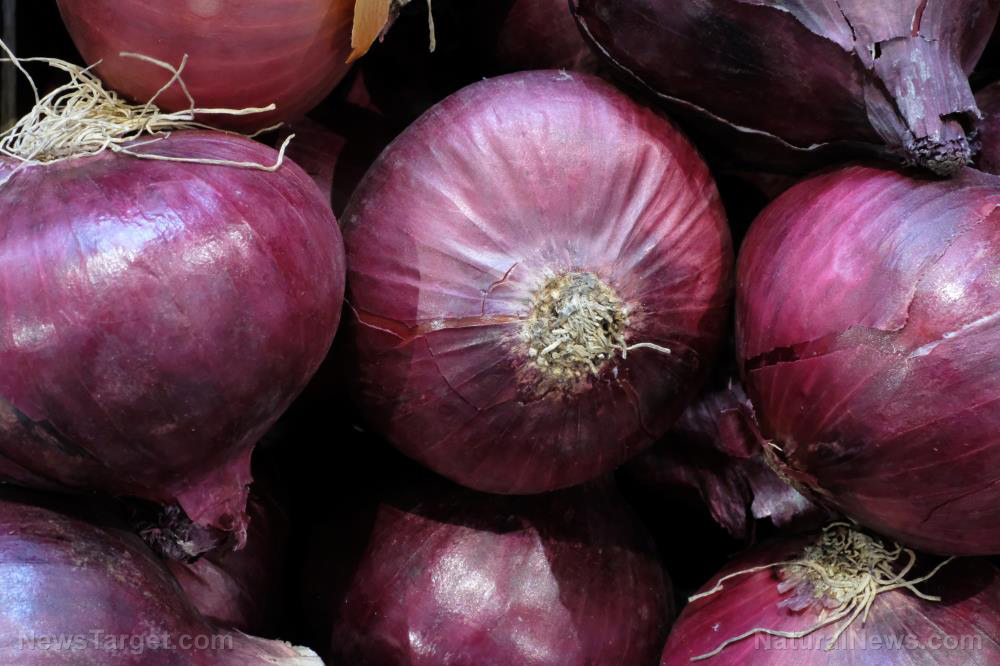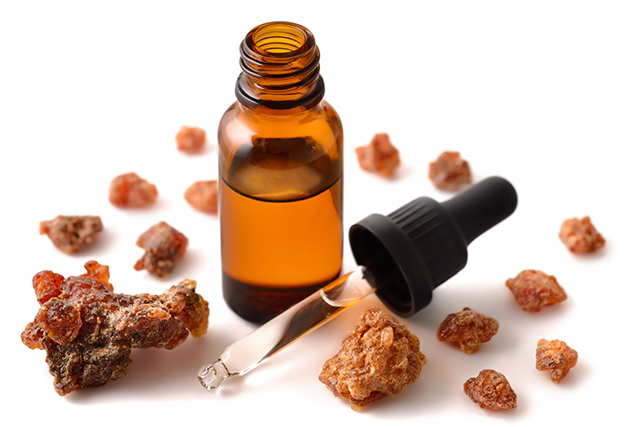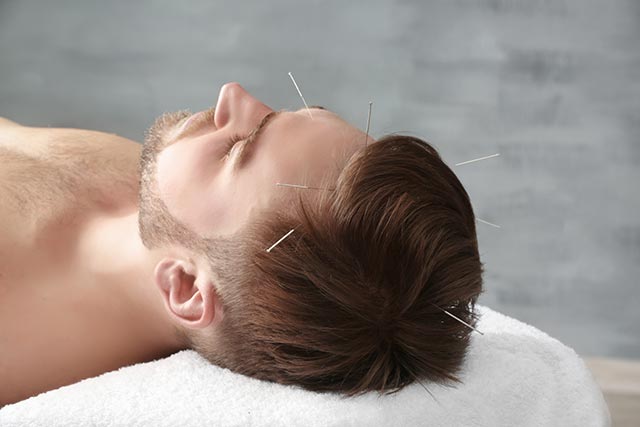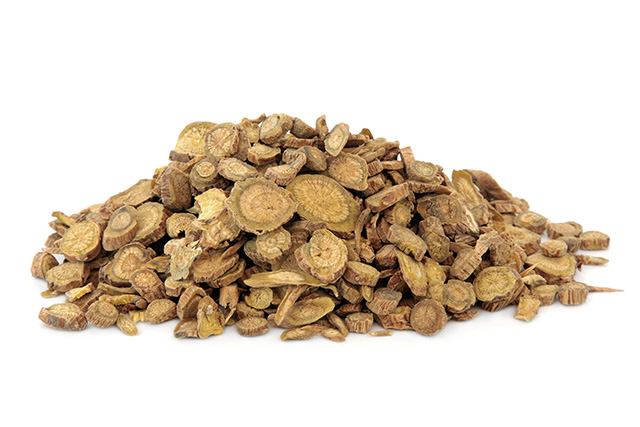Addiction and OD: Another side of being an American
07/08/2019 / By Lance D Johnson

Like blood dripping into a glass of clean water, American culture is being tainted by drug addiction and drug overdose. The National Safety Council warns that Americans are now more likely to die of an accidental opioid overdose than get in a car accident. In 2017, there were more than 70,000 overdose deaths in the United States. The most commonly abused drugs include prescription opioids such as Oxycontin, street heroin, and dangerous pain-killing hybrids such as fentanyl.
American life expectancy falling rapidly as opioid overdoses continue to skyrocket
A study by the University of South Carolina looked at drug overdose death rates among eighteen high income countries. They found that Americans are 3.5 times more likely to die of an overdose. Compared to seventeen other developed nations, the U.S. is now a decade behind in life expectancy, all because of overdose deaths. The rapid increase in overdose deaths has reduced life expectancy in America by 2.6 years.
“The United States is experiencing a drug overdose epidemic of unprecedented magnitude, not only judging by its own history but also compared to the experiences of other high-income countries,” said study author Jessica Ho, assistant professor at USC Leonard Davis School of Gerontology. “For over a decade now, the United States has had the highest drug overdose mortality among its peer countries.”
Before the turn of the century, Finland and Sweden suffered from the highest levels of drug overdose mortality. Just seventeen years later, the United States would become the world leader in overdose deaths. The overdose death rate for Americans is now double that of Finland and Sweden and twenty-seven times higher than Italy and Japan.
100% organic essential oil sets now available for your home and personal care, including Rosemary, Oregano, Eucalyptus, Tea Tree, Clary Sage and more, all 100% organic and laboratory tested for safety. A multitude of uses, from stress reduction to topical first aid. See the complete listing here, and help support this news site.
What is driving America’s drug problem?
For starters, the makers of the prescription opioid oxycontin lied about the drug’s addictive potential. The Sackler family instructed doctors to prescribe higher doses of OxyContin and for longer duration than what their research found to be safe. According to the CDC, since 1996, prescription opioids have taken the lives of over 200,000 people, and have been senselessly prescribed in situations where addictive drugs are not needed. This problem is further fueled by the way physicians receive reimbursements and bonuses. Fee-for-service reimbursement systems and physician reimbursements that are based on patient satisfaction are driving up opioid prescriptions, rates of addiction, and accidental overdose deaths.
Pharmaceutical companies are also conditioning people to accept drug addiction as a normal way of life to increase one’s quality of life. This message, far from the truth, is continuously driven home through direct-to-consumer television and radio ads. American attitudes towards pain are more distorted than ever before. Instead of finding the root cause of the inflammation and giving the body the nutrients it needs in order to heal, Americans are reaching for a quick-fix that is causing addiction.
To make matters worse, in America, only ten percent of those who have a substance abuse addiction are actually given treatment or put on a path to become drug-free. Many find themselves going in and out of the doctor’s office, filling their prescriptions as they become dependent on an ever-increasing dose. Others find themselves looking for the drugs on the street. Homeless or jailed, these people never exit their cycle of drug dependence or get real help that doesn’t enable their behaviors or feed their addiction.
Drug overdose is also increasing in Australia and Canada as these countries allow for stronger opioids in their healthcare systems. Many of the high income countries that have lower overdose fatality rates have placed stronger restrictions on prescription opioid use, and many of these countries are also using community resources to get people real help to end abuse and addiction cycles.
For more on pharmaceutical abuse and the challenges it presents, check out Opioids.News.
Sources include:
Tagged Under: addiction, addiction cycles, America, death by medicine, drug commercials, drug treatment, Fentanyl, healthcare, Heroin, opioid crisis, Opioids, overdose deaths, patient satisfaction, physician reimbursements




